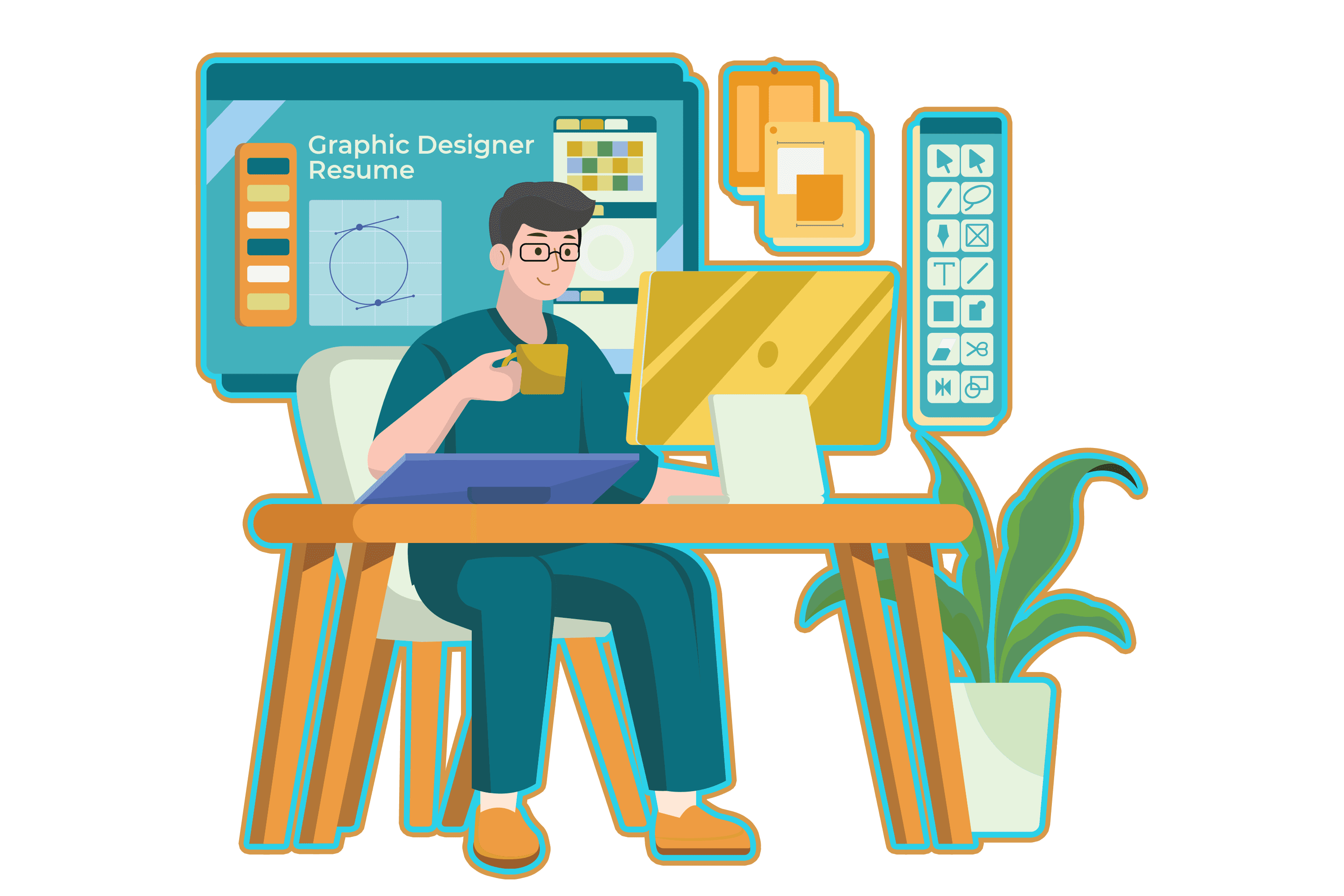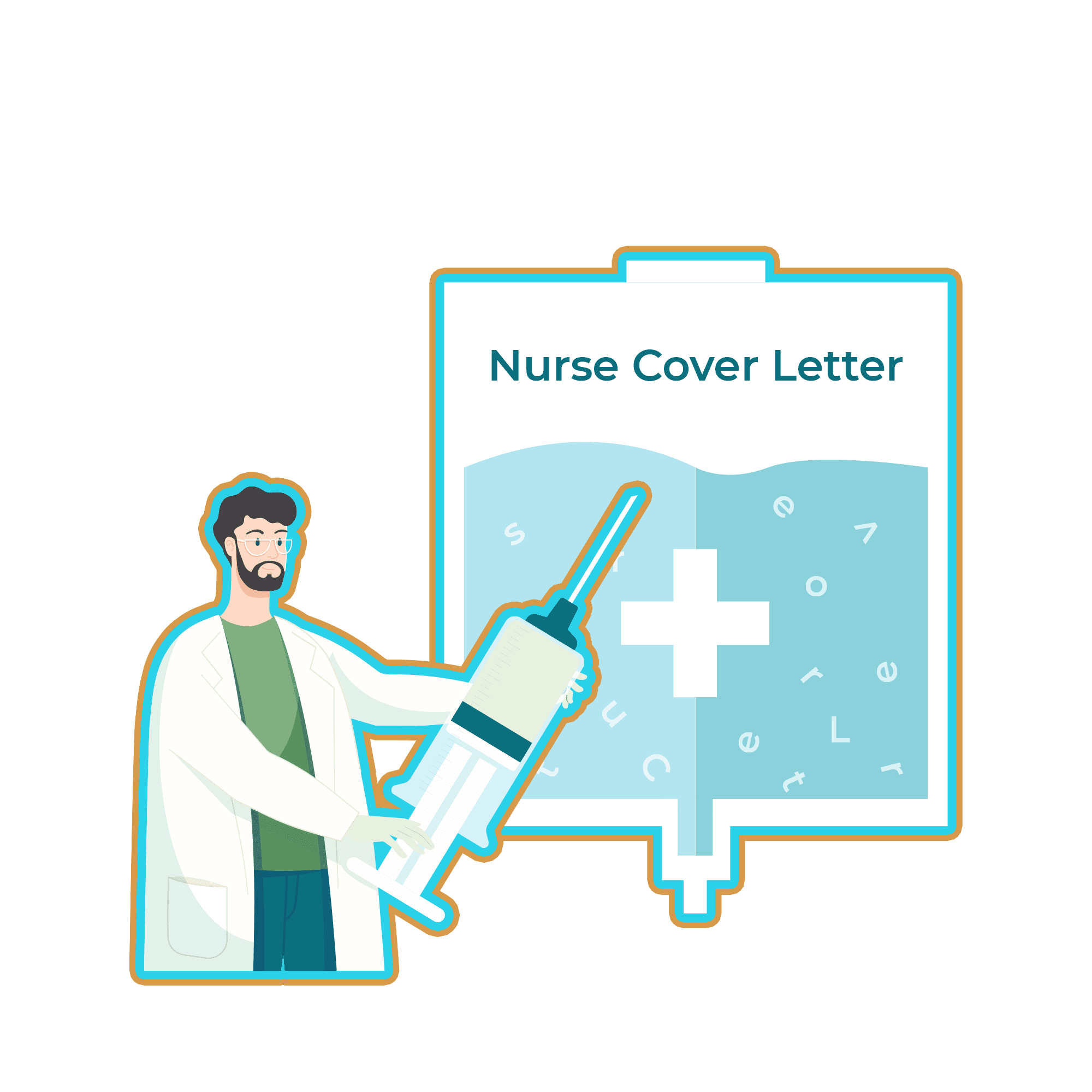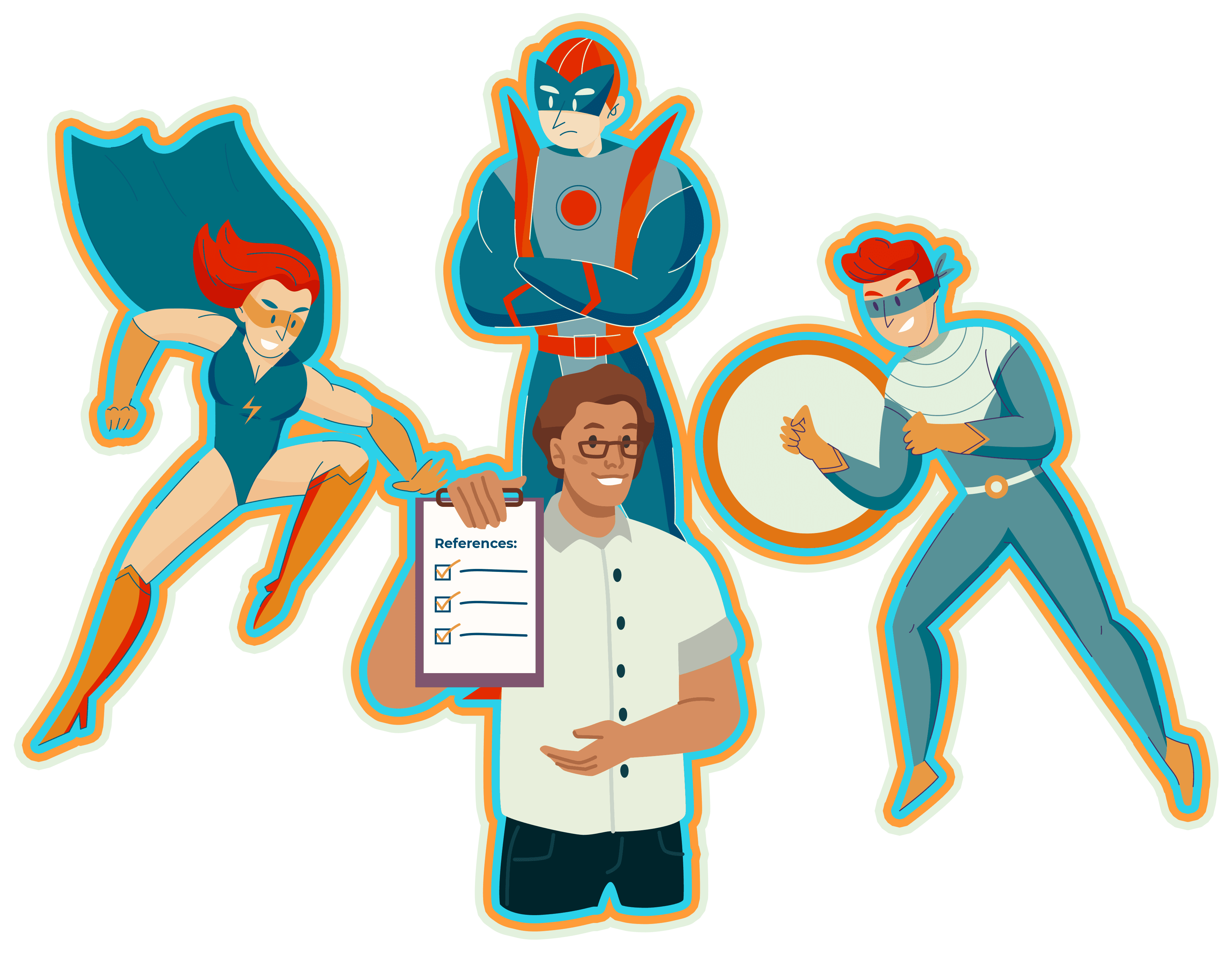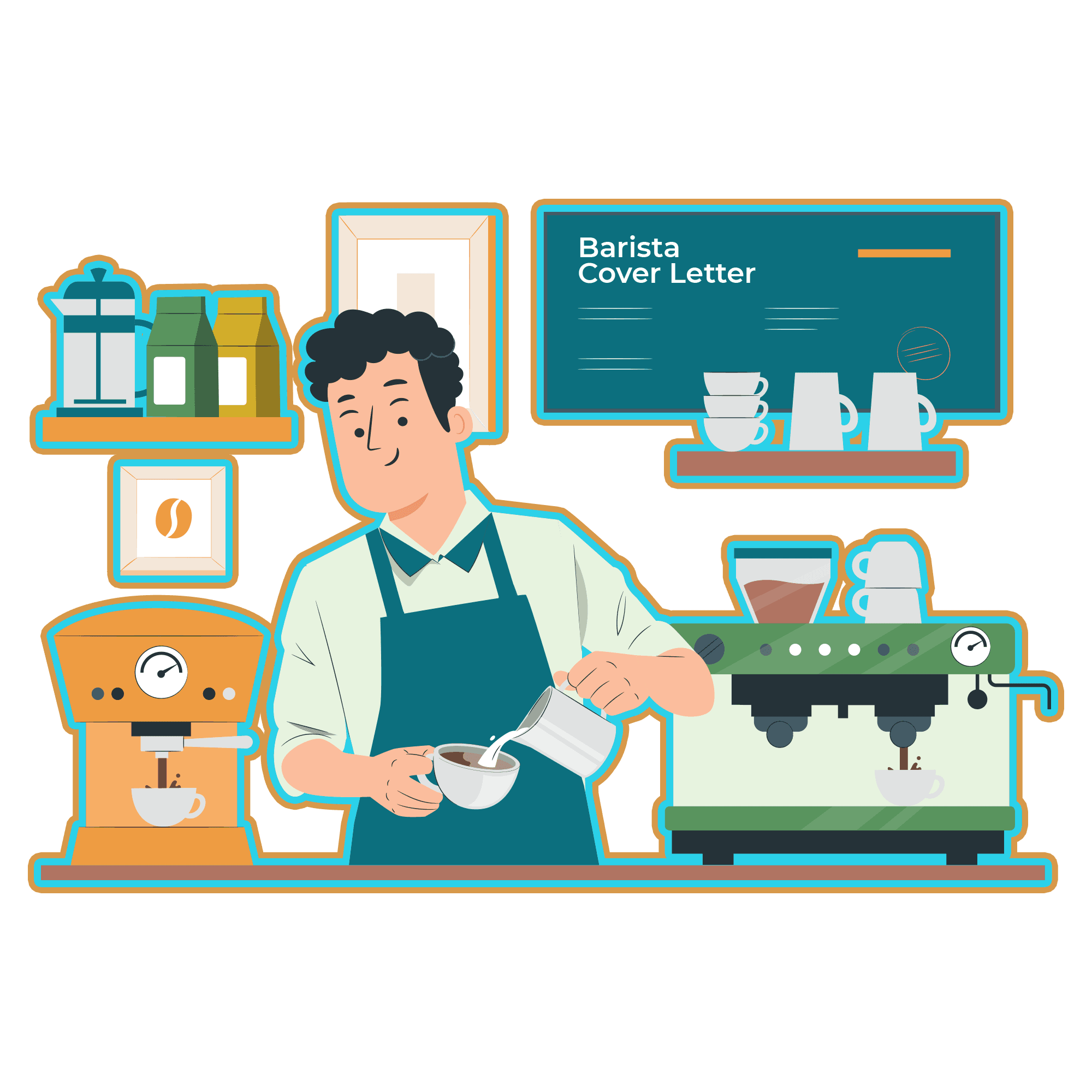The best graphic designer resume format is a reverse chronological format. The resume title for a graphic designer serves as the first impression and a quick summary of the candidate's professional identity. A resume for graphic designers must include clear and professional contact information. A compelling resume objective for a graphic designer must succinctly convey the candidate’s skills, passion, and what they aim to contribute to a prospective employer.
A graphic designer's work experience section on a resume must begin with the designer's most recent jobs. Creating a graphic design resume with no experience requires emphasizing relevant skills, education, internships, and any relevant projects or coursework. The education section typically details a candidate's academic background, highlighting degrees, the institutions the candidate attended, graduation dates, and any relevant coursework or achievements. Creating a graphic design resume requires showcasing relevant skills. Certifications enhance a graphic designer's skill set, demonstrate expertise, and make them more competitive in the job market. The awards section showcases achievements, making it stand out from the competition. Here's an example of how to effectively showcase awards.
A graphic designer's resume must exclude irrelevant personal information, generic objectives, outdated contact details, unrelated work experience, incomplete education history, references on the resume, personal hobbies, vague or outdated objective statements, unprofessional fonts and design, and salary history.
To tailor a graphic designer resume, review the job description, identify key skills and keywords, research the company to align with its values and preferences, highlight relevant experience, tailor the design portfolio to match the company's expectations, use action verbs, quantify achievements, adapt the design style to the company's aesthetic, incorporate relevant certifications strategically, and proofread for polished and error-free presentation.
Keywords on a graphic designer's resume are specific terms or phrases relevant to the field that help the resume get noticed by applicant tracking systems (ATS) and human recruiters.
What is The Best Graphic Designer Resume Format?
The best graphic designer resume format is a reverse chronological format. The reverse chronological resume format showcases work experience in reverse chronological order, starting with the most recent job and working backward.
The most recent and relevant work experience is highlighted at the top using the reverse chronological resume format. Having up-to-date skills and expertise is crucial for graphic designers. The hiring manager quickly scans resumes, easily identifying qualifications and experience. The reverse chronological format simplifies the review process and immediately makes recent achievements visible. The reverse chronological format displays the career progression of the designer, showing how far one has come. Having had increasing levels of responsibility in previous positions is particularly important. Most employers and recruiters are accustomed to reviewing resumes in this format. It aligns with industry standards and expectations, making it more likely to be well-received.
There are other resume formats for graphic designers: functional resume and combination resume. The functional resume highlights the skills and qualifications of the graphic designers rather than their work history. It is useful for people with gaps in their employment history or who need to emphasize specific skills relevant to the job. The chronological and functional formats are combined in a combination (hybrid) resume format. The hybrid resume format showcases skills and qualifications while providing a detailed work history.
How to Make a Graphic Design Resume
Today's competitive job market makes it essential to craft a compelling resume to succeed in landing the job of one's dreams in graphic design. A standout resume is crucial to success for seasoned professionals looking for new positions and recent graduates hoping to launch their careers. To make a great graphic design resume, learn how to write sections of a resume.
Resume Title for Graphic Designer
The resume title for a graphic designer serves as the first impression and a quick summary of the candidate's professional identity. The resume title must be concise and attention-grabbing, providing a glimpse into the applicant's expertise.
Creative Visual Artist
Multimedia Design Specialist
Brand Identity Designer
Contact Info
A resume for graphic designers must include clear and professional contact information. Begin with the full name in a bold and slightly larger font to make it easily noticeable. Then, add the contact information, including a phone number and a professional email address. Including a portfolio link on a resume, personal website, or LinkedIn is appropriate, which is especially relevant for graphic designers. Ensure that voicemail messages and email addresses are polished and reflect a professional image.
June Bing
Graphic Designer
Contact info:
Phone Number: (123) 456-7890
Email Address: [email protected]
LinkedIn: linkedin.com/in/junebing
Portfolio: www.junebing.com
Graphic Designer Resume Objective
A compelling resume objective for a graphic designer must succinctly convey the candidate’s skills, passion, and what they aim to contribute to a prospective employer.
Resume objective for graphic designer example:
As a creative and detail-oriented graphic designer, I aim to leverage my artistic abilities and technical skills to contribute innovative and visually stunning design solutions. With a keen eye for aesthetics and a passion for staying abreast of industry trends, I am committed to creating compelling visual content that meets and exceeds client expectations. Seeking a dynamic role where I can collaborate with a creative team and contribute to the success of projects through innovative design concepts and a dedication to delivering high-quality visuals.
Graphic Design Work Experience
A graphic designer's work experience section on a resume must begin with the designer's most recent jobs. The work experience section showcases the job title, company name, country, city, and employment dates.
Graphic Designer | Octos Company, Cityville, USA | May 2021 - July 2023
- Collaborated with cross-functional teams to develop and execute creative concepts for various marketing materials, including print collateral, digital assets, and social media graphics.
- Designed and implemented visual brand elements, ensuring consistency and adherence to brand guidelines across all platforms.
- Spearheaded the redesign of the company website, resulting in a 30% increase in user engagement and a more modern, visually appealing online presence.
- Managed multiple projects simultaneously, meeting tight deadlines and delivering high-quality designs under pressure.
- Conducted market research to stay abreast of industry trends and incorporate innovative design solutions into projects.
Graphic Design Resume with NO Experience
Creating a graphic design resume with no experience requires emphasizing relevant skills, education, internships, and any relevant projects or coursework. Begin with a strong resume objective highlighting enthusiasm, willingness to learn, and commitment to excellence. Create a skills section listing software proficiency (e.g., Adobe Illustrator, Photoshop, InDesign), design principles, and other relevant skills like typography or color theory. Follow it with an education section detailing your degree, institution, graduation date, and any relevant coursework or achievements. Include a project section to showcase any design projects, even if they were part of your coursework or personal initiatives. Describe each project briefly, the tools used, and the impact or results achieved. Remember to keep the design clean, use a professional layout, and focus on showcasing your potential and willingness to learn, even if you lack formal experience. Highlighting skills, education, and relevant projects makes the resume attractive to potential employers.
Samantha Rodriguez Phone: (555) 123-4567 | Email: [email protected] | LinkedIn: linkedin.com/in/samrodriguez | Portfolio: samrodriguezdesigns.com Objective: A recent graduate with a Bachelor's degree in Graphic Design, I am passionate about translating ideas into visually compelling designs. Eager to contribute my skills in Adobe Creative Suite and my eye for aesthetics to a collaborative design team. Skills: - Adobe Illustrator - Adobe Photoshop - Typography - Layout Design - Color Theory - Strong Attention to Detail - Effective Communication - Time Management Education: Bachelor of Arts in Graphic Design Greenfield University, May 2023 Relevant Coursework: Branding and Identity, Digital Illustration, Web Design Projects: 1. Brand Refresh for Local Coffee Shop - Redesigned the logo, signage, and promotional materials for a local coffee shop, resulting in a refreshed brand image and increased foot traffic. 2. Website Design for Nonprofit Organization - Collaborated on a team project to redesign the website for a nonprofit organization, enhancing user experience and improving online engagement. 3. Poster Campaign for Student Art Exhibition - Created a series of eye-catching posters to promote a student art exhibition on campus, contributing to a 30% increase in attendance. Certifications: Certificate in Visual Communication Design Institute of Technology, June 2022 Volunteer Experience: Graphic Design Volunteer | Community Arts Center, January 2022 - May 2023 - Designed promotional materials for community events, showcasing a commitment to using design for positive community impact. Personal Projects: - Developed a series of social media graphics for a personal blog, demonstrating proficiency in creating cohesive and visually appealing content. |
Qualifications
The qualifications section provides a comprehensive overview of the candidate's achievements, responsibilities, and skills acquired during previous roles. Qualifications refer to the specific competencies and experiences that make the designer a strong candidate for a particular position.
- Produce visually stunning marketing materials, including brochures, social media graphics, and web assets, contributing to a 20% increase in brand engagement.
- Ensure brand consistency across all platforms by developing and implementing comprehensive brand guidelines, resulting in a unified and recognizable brand identity.
- Manage multiple design projects simultaneously, meeting tight deadlines and exceeding client expectations.
- Collaborate with cross-functional teams, including marketing and product development, to translate business objectives into compelling visual designs.
- Demonstrate advanced proficiency in Adobe Creative Suite (Illustrator, Photoshop, InDesign) and keep up-to-date with emerging design trends and technologies.
- Interact directly with clients to understand their vision and provide creative solutions, fostering positive client relationships.
Graphic Designer Job Description
Effectively articulating work experience as a graphic designer on a resume requires a clear and detailed job description. Use concise bullet points with action verbs to highlight key responsibilities and achievements. Incorporate industry-specific terminology to showcase the knowledge and skills.
Graphic Designer job description example:
Graphic Designer | Exity Design Studio, Cityville, USA | May 2021 - Present
- Ensure alignment with brand identity and client objectives for diverse projects, including branding, marketing materials, and digital assets.
- Utilize advanced skills in Adobe Creative Suite (Illustrator, Photoshop, InDesign) to execute high-quality designs.
- Contribute to developing and maintaining client brand identities, ensuring consistency across various platforms and materials.
- Collaborate closely with clients and cross-functional teams to understand project requirements, present design concepts, and incorporate feedback effectively.
- Adapt to changing project priorities and bring innovative solutions to design challenges.
- Showcase a diverse portfolio demonstrating a range of design projects, highlighting the ability to translate concepts into visually compelling designs.
Education
the education section typically details a candidate's academic background, highlighting degrees, the institutions the candidate attended, graduation dates, and any relevant coursework or achievements. Include the most recent or relevant education first, and emphasize any academic achievements, honors, or extracurricular activities related to the field. Create a separate section under "Certifications" or "Training" for additional certifications and specialized training relevant to the position. The structure provides a clear and organized presentation of a candidate's educational background, making it easy for potential employers to understand qualifications quickly.
Education:
Bachelor of Fine Arts in Graphic Design
Greenfield University, Anytown, USA
Graduated: May 2023
Skills for Graphic Design Resume
Creating a graphic design resume requires showcasing relevant skills. Both technical skills and creative abilities are included in these abilities. Include graphic designer skills such as the provided examples.
- Proficiency in Adobe Creative Suite
- Typography and font selection expertise
- Logo and brand identity design
- Print and digital design production
- Image manipulation and retouching
- Layout design and composition
- User interface (UI) and user experience (UX) design
- Strong knowledge of design principles and aesthetics
- Illustration and vector graphics creation
- Time management and project coordination
- Effective communication and collaboration within teams and with clients
Hard Skills for Graphic Designers
Hard skills for graphic designers refer to the specific, teachable abilities and technical knowledge required to perform tasks related to graphic design effectively. Hard skills are usually quantifiable and are acquired through education, training, or practical experience. Here are examples of hard skills for graphic designers:
- Adobe Creative Suite Mastery: Proficiency in Adobe software such as Photoshop, Illustrator, and InDesign is fundamental for graphic designers. These tools are the backbone of design work.
- Typography and Font Expertise: A keen understanding of typography principles and the ability to choose and manipulate fonts effectively are essential for creating visually appealing designs.
- Color Theory: An in-depth knowledge of color theory enables one to create designs that evoke specific emotions and resonate with the target audience.
- Image Editing and Manipulation: The ability to retouch and manipulate images is crucial for enhancing the visual elements of designs.
- Print Design Knowledge: Understanding the intricacies of print design, including bleed, resolution, and color modes, is vital for producing materials that look as good on paper as they do on screen.
Graphic Designer Soft Skills
Graphic designer soft skills refer to the interpersonal and personal attributes that complement technical skills and contribute to overall job performance. Soft skills are often more subjective and relate to how a graphic designer interacts with others, approaches tasks, and manages their work. Here are essential soft skills for graphic designers:
- Creativity: Graphic designers must possess an innate creativity to develop innovative and visually captivating designs that stand out from the crowd.
- Attention to Detail: Meticulous attention to detail ensures that designs are free from errors and inconsistencies.
- Time Management: Effective time management skills help consistently meet deadlines and deliver high-quality work.
- Communication: Strong communication skills allow understanding client needs, presenting design concepts effectively, and collaborating with team members.
- Adaptability: The ability to adapt to changing design trends and technologies ensures that skills remain relevant in a dynamic field.
Technical Skills for Graphic Designers
Technical skills for graphic designers encompass the specific tools, software, and technologies necessary to create visual designs. Here's a list of essential technical skills for graphic designers:
- Web Design and Development: Proficiency in HTML, CSS, and web design principles is valuable for graphic designers who work on digital projects.
- UX/UI Design: Understanding user experience (UX) and user interface (UI) design principles is crucial for creating user-friendly digital interfaces.
- File Compression and Optimization: Knowledge of file formats and optimization techniques ensures that digital designs load quickly and look great online.
- Vector Graphics: Expertise in creating vector graphics is essential for producing scalable, high-quality designs.
- Animation and Motion Graphics: Familiarity with animation and motion graphics software allows for the addition of dynamic design elements.
Certifications
Certifications enhance a graphic designer's skill set, demonstrate expertise, and make them more competitive in the job market. A certification helps a candidate stand out in a competitive job market, demonstrating expertise and dedication. Including certifications strategically in a resume increases the odds of landing that dream graphic design job. Listed below are some valuable certifications for graphic designers.
- Adobe Certified Expert (ACE)
- Adobe Certified Associate (ACA)
- Certified Professional in Graphic Design (CPGD)
- Certified Web Designer (CWD)
- Certified User Experience Professional (CUXP)
- Google Analytics Individual Qualification (GAIQ)
- HubSpot Design Certification
- W3Schools HTML and CSS Certifications
- User Interface/User Experience (UI/UX) Certification
- Project Management Professional (PMP) for Designers
Awards
The awards section showcases achievements, making it stand out from the competition. Here's an example of how to effectively showcase awards. Highlight awards strategically in a resume to demonstrate expertise and evidence of contributions. The awards section effectively captures the attention of potential employers and sets the path to employment.
Awards
- Gold Medal - Annual Graphic Design Competition (2021)
Awarded the prestigious Gold Medal for the exceptional design concept and execution of a branding campaign for a prominent national client. This project garnered widespread recognition and contributed to a significant increase in the client's market share.
- Silver Distinction - International Design Excellence Awards (2020)
Received the Silver Distinction award for innovative packaging design that seamlessly blended form and function. The project's success led to increased sales and brand visibility for the client.
How to Link a Portfolio to a Resume
To link a portfolio to a resume, select an appropriate section on the resume for the portfolio link. The process is accomplished by creating a dedicated section titled "Portfolio" or "Work Samples." Include the hyperlink within the section so prospective employers easily access it. To inform the reader about the link's content, use a clear and concise description, such as "Online Portfolio".
Where to Put Portfolio Link on Resume
The placement of the portfolio link on a resume is crucial to ensuring it receives the attention it deserves. The portfolio link generally appears near the top of the resume, usually within the contact information section. The portfolio link ensures it is one of the first things potential employers see, increasing their likelihood of exploring work. Alternatively, the qualifications and experience can be prominently displayed within a dedicated "Portfolio" section. The key is to make it accessible and noticeable while maintaining a clean and professional layout.
What NOT to Include in a Graphic Designer Resume
Graphic designer resumes must not include the following elements.
- Irrelevant Personal Information: Details such as age, marital status, or religious affiliation do not directly relate to qualifications for the job.
- Generic Objectives: Broad, generic career objectives that lack specificity about the position or company.
- Outdated Contact Information: Any contact details that are no longer current or professional email addresses.
- Unrelated Work Experience: Jobs irrelevant to the graphic design field or the specific role.
- Incomplete Education History: Leaving out essential educational information like degrees, institutions, or graduation dates.
- References on Resume: Do not include a list of references directly on the resume; reference information must be provided upon request.
- Personal Hobbies: Listing unrelated hobbies or interests that do not demonstrate relevant skills or qualifications for the job.
- Objective Statements: Using vague or outdated objective statements that don't showcase value to the employer.
- Unprofessional Fonts and Design: Employing unconventional fonts, excessive colors, or overly creative layouts that distract from the content or make the resume difficult to read.
- Salary History: Revealing salary histories from previous jobs can limit negotiating power during salary discussions.
How to Tailor a Graphic Designer Resume
To tailor a graphic designer resume, follow the provided steps.
- Review the Job Description. Carefully examine the details provided in the job posting to understand the specific qualifications, skills, and experience the potential employer seeks.
- Identify Key Skills and Keywords. Identify and make note of the skills, keywords, and phrases that appear frequently in the job description. These terms are essential for optimizing a resume to match the job requirements.
- Research the Company. Learn about the organization's values, culture, and previous design projects before applying. The results of this research help tailor resumes to the company's design preferences.
- Highlight Relevant Experience. Employ past work experiences that directly relate to the position being applied for so that qualifications match the role's requirements.
- Tailor the Design Portfolio. Present projects that best reflect the company's design and branding expectations in the design portfolio.
- Use Action Verbs. Communicate achievements and responsibilities effectively using strong action verbs.
- Quantify Achievements. Resumes should include specific, measurable achievements to demonstrate impact.
- Adapt The Design Style. Match the color scheme and typography of the resume to the company's design aesthetic.
- Incorporate Relevant Certifications. Strategically include certifications and training in a resume to demonstrate qualifications.
- Proofread and Edit. Ensure the final document is polished and professional by identifying and correcting spelling, grammar, and formatting errors.
Resume Keywords for Graphic Designers
Keywords on a graphic designer's resume are specific terms or phrases relevant to the field that help the resume get noticed by applicant tracking systems (ATS) and human recruiters. Including relevant keywords increases the chances of the resume passing through initial screenings. Here are some keywords for graphic designers commonly associated with graphic design:
- Adobe Creative Suite
- Typography
- Visual communication
- Illustration
- Branding
- Print and digital design
- Color theory
- Layout design
- User interface (UI) and user experience (UX)
- Photoshop
- Illustrator
- InDesign
- Logo design
- Web design
- Animation
- Problem-solving
- Creativity
- Attention to detail
- Project management
- Portfolio
- Communication skills
- Client collaboration
- Marketing materials
- Responsive design
- Graphic design software
- Art direction
- Print production
- HTML/CSS
- SEO optimization
- Social media graphics
- Design trends
- Presentation design
- Wireframing
- Photo Editing
- Visual identity
- Motion graphics
Graphic Design Resume Examples
John A. Smith 123 Main Street | City, State 12345 | (555) 555-1234 | [email protected] | www.johnsmithdesigns.com | LinkedIn: linkedin.com/in/johnasmith Resume Objective: Versatile and detail-oriented graphic designer with a passion for creating visually compelling solutions. Eager to leverage a strong creative skill set and technical proficiency in Adobe Creative Suite to contribute to innovative design projects at XYZ Creative Agency. Work Experience: Graphic Designer | Creative Designs Studio, City, State | June 2022 - Present
Graphic Design Intern | Shining Marketing Agency, City, State | May 2021 - August 2021
Skills: Adobe Illustrator, Adobe Photoshop, Adobe InDesign, Typography, Layout Design, Branding, Web Design, UI/UX Design, Print Production, Color Theory, Visual Communication, Responsive Design, Logo Design, Illustration, Creative Problem Solving Education: Bachelor of Fine Arts in Graphic Design XYZ University, City, State Graduated: May 2022 Certifications: Adobe Certified Professional: Illustrator Adobe Certified Professional: Photoshop |
Key Takeaways:
- Distinctive Resume Title: The resume starts with a clear and eye-catching title that immediately communicates the candidate's identity as a creative designer and their passion for art.
- Structured Sections: The resume is organized into clearly defined sections, such as "Work Experience," "Skills," and "Education," making it easy for the reader to navigate and find relevant information.
- Visually Appealing Layout: Using a clean and well-balanced layout and consistent fonts and spacing ensures readability and a visually pleasing presentation.
Pro Tip: Create a resume that reflects both personal style and the targeted industry by carefully selecting fonts, colors, and layout elements. Emphasize relevant skills and experiences in the resume for each job application.
FAQ
How do you explain Gaps in Employment On a Graphic Designer Resume?
A Graphic designer's resume must briefly explain employment gaps, such as freelance projects, additional skills, or personal growth. Emphasize any relevant experiences during those periods and how they contribute to your overall qualifications.
Should I include references? If so, what’s the best way to do that?
No, you should not include references on a resume. Create a separate document with the references' contact information, including the references’ name, title, company, phone number, and email, if required. Ensure to obtain their permission before sharing their details, and have the document ready upon request from potential employers.
How long should I wait to follow-up after I submit a resume for this job?
It's generally a good practice to wait about one to two weeks before following up after submitting your resume for a job. It allows the hiring team some time to review applications and assess candidates. Check the job posting for specific instructions, as some employers have a preferred follow-up timeline.




